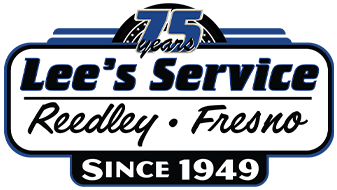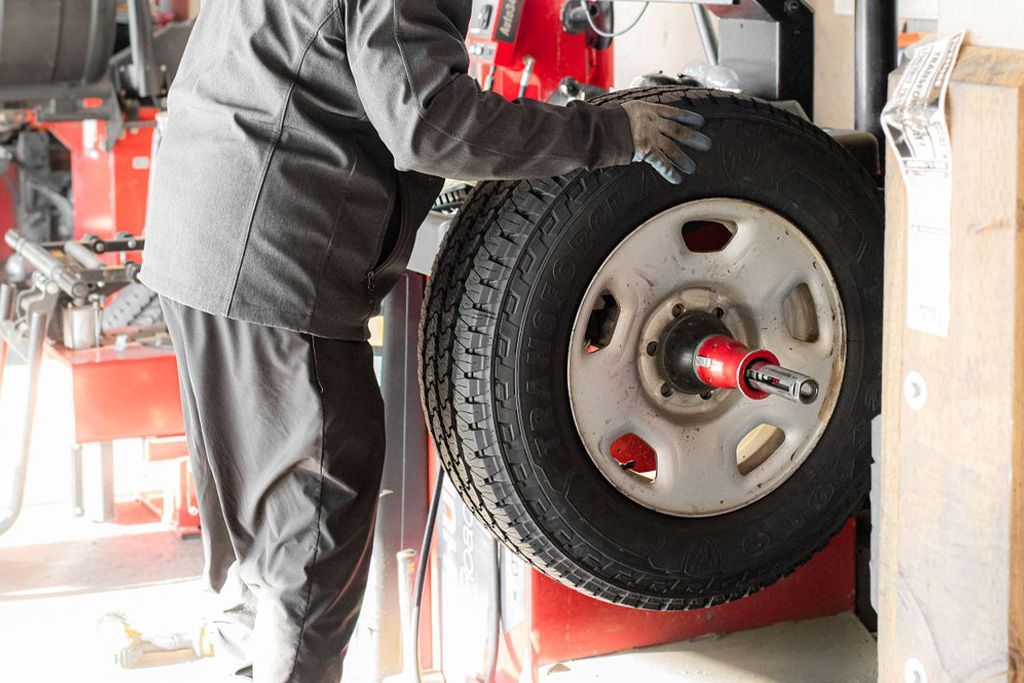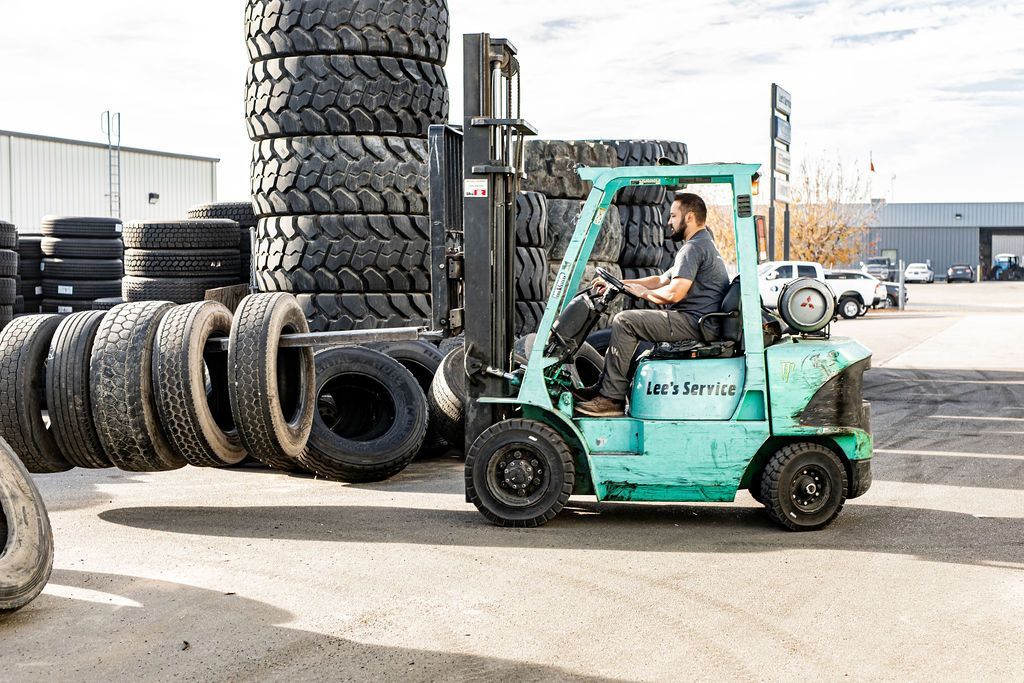Struts Replacement
Approx. Time: 120 Minutes
Pricing: Call For Quote
The Basics Behind Struts Replacement Services at Lee's Service
While the function of shocks and struts is very similar, the biggest difference is in how they mount to your vehicle. Shocks function in addition to other suspension components, while struts are designed as a pivot point for the steering mechanism. Struts behave as a dampening device that absorbs excessive bounce. The strut assembly combines coil springs, spring seats, strut bearings, and shock absorbers into one working unit. The steering arm or steering knuckle is also included in some strut designs. Struts use a piston to absorb high lateral loads. The spring seat and strut bearing allow the shock to pivot with the front wheels and the steering mechanism. Struts and accompanying suspension components help push tires back into place when one leaves the road. Overall, struts work in conjunction with the rest of the suspension system to help stabilize the vehicle while maintaining a comfortable and safe ride.Connecting the wheels on opposite sides of the vehicle is a stabilizer bar called the sway bar. The sway bar is charged with controlling “body roll” by distributing the weight of your vehicle to both sides of the suspension. When your vehicle moves through a turn, the sway bar keeps the vehicle level by minimizing body roll through the transfer of vehicle weight to the outside wheels. It also maintains solid contact with the surface of the road through the compression of the suspension components on the inside wheels. Sway bar links are a crucial component in your vehicle’s suspension system. The sway bar links are what connect the suspension to the sway bar and transfer the force of motion from the wheels to the axles. When the vehicle turns or corners, the sway bar end links pull on the bar to resist body roll while stabilizing the force of motion and the weight of the vehicle.
Why Should You Have Struts Replacement Services Performed at Lee's Service?
Worn struts increase braking distance and increase body roll, sway, and bounce rate. The bounce test, wherein you bounce on each corner of your vehicle a few times, is a good way to determine whether or not you need to schedule a strut replacement. If your vehicle bounces and settles, your struts are operating as they should. If your vehicle continues to bounce, you should seek to replace the struts on your suspension system as soon as possible. Other signs that your struts need to be replaced include excessive brake dive, acceleration squat, body roll or sway, and unusual tire wear patterns. Unusual noise from struts may also indicate that the spring seat or strut bearing requires a replacement. If you experience any of the above signs of worn struts, contact us immediately. Having your struts replaced will improve braking, handling, and the overall controllability of your vehicle.
Lee's Service provides struts replacement to Reedley, CA, Fresno, CA, Orange Cove, CA, and other surrounding areas.
Consumer & Commercial Tires, Smog Inspections, and Farm Service Calls.
-
Cars, Trucks and SUV Tires
We Sell Consumer Tires. Car, SUV and Trucks
SEARCH FOR TIRES
-
Commercial Tires
We're More Than Consumer Tires. We Have The Commercial and Agriculture Tires You Need!
ABOUT COMMERCIAL TIRES
Lee's Service Blog

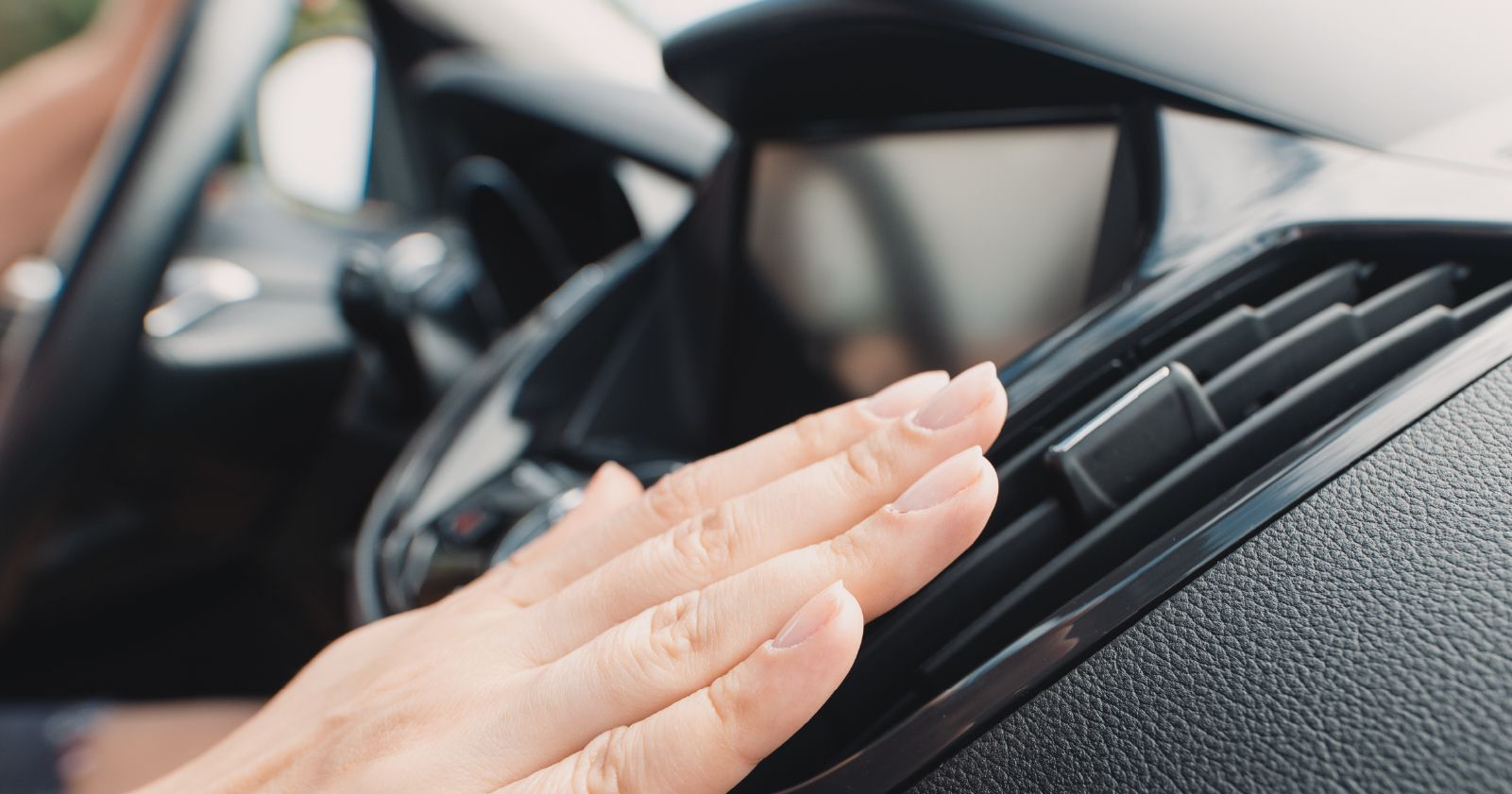
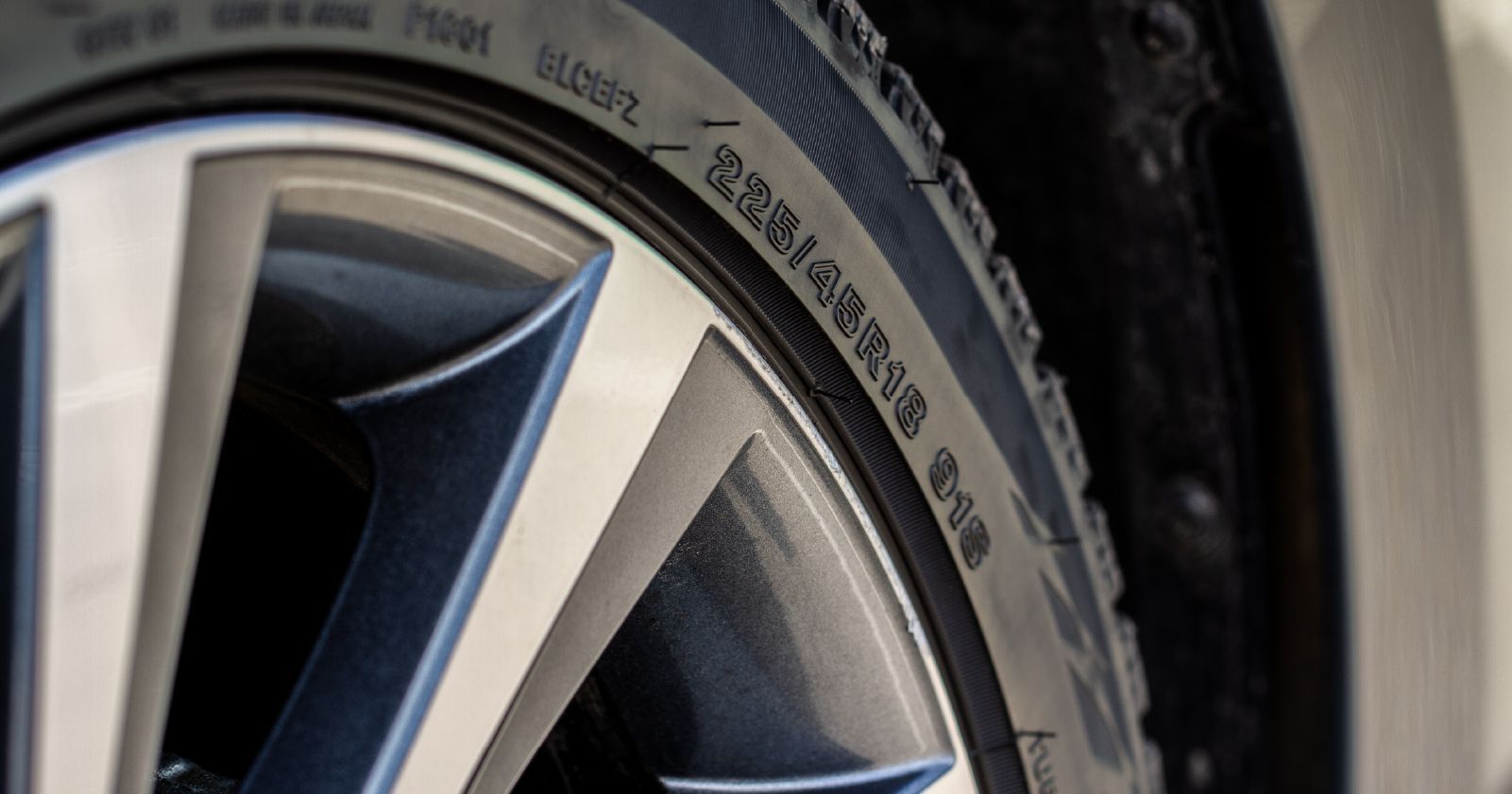
All Services
-
Belts & Hoses
Belts & Hoses
-
Brake Repair
Brake Repair
-
Cooling System Repair
Cooling System Repair
-
Electrical and Electronic Systems
Electrical and Electronic Systems
-
Engine Diagnostics and Performance
Engine Diagnostics and Performance
-
Exhaust System Repair
Exhaust System Repair
-
Lube, Oil & Filter Change
Lube, Oil & Filter Change
-
Preventive Maintenance
Preventive Maintenance
-
Starting, Charging & Batteries
Starting, Charging & Batteries
-
Steering and Suspension System
Steering and Suspension System
-
Tire Pressure Monitoring System (TPMS)
Tire Pressure Monitoring System (TPMS)
-
Tire Services
Tire Services
-
Transmission Repair
Transmission Repair
-
Wheel Alignment
Wheel Alignment
-
Wheel Services
Wheel Services
All Services
-
Belts & Hoses
Belts & Hoses
-
Brake Repair
Brake Repair
-
Cooling System Repair
Cooling System Repair
-
Electrical and Electronic Systems
Electrical and Electronic Systems
-
Engine Diagnostics and Performance
Engine Diagnostics and Performance
-
Exhaust System Repair
Exhaust System Repair
-
Lube, Oil & Filter Change
Lube, Oil & Filter Change
-
Preventive Maintenance
Preventive Maintenance
-
Starting, Charging & Batteries
Starting, Charging & Batteries
-
Steering and Suspension System
Steering and Suspension System
-
Tire Pressure Monitoring System (TPMS)
Tire Pressure Monitoring System (TPMS)
-
Tire Services
Tire Services
-
Transmission Repair
Transmission Repair
-
Wheel Alignment
Wheel Alignment
-
Wheel Services
Wheel Services
REEDLEY
1445 I St, Reedley, CA 93654
559-638-3535
- Mon - Fri
- -
- Saturday
- -
- Sunday
- Closed
Get Directions
FRESNO
5774 Toyota Pl, Fresno, CA 93725
559-276-3535
- Mon - Fri
- -
- Saturday
- -
- Sunday
- Closed

